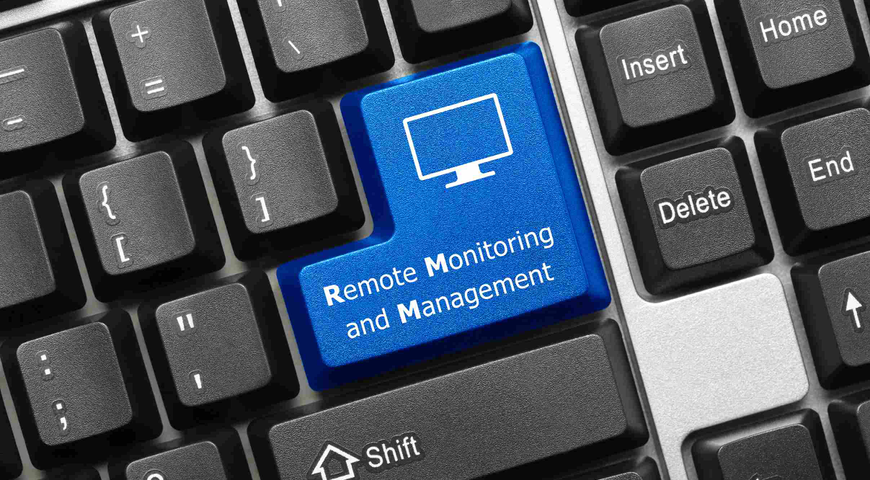According to a recent SpiceWorks report, three-quarters of businesses surveyed already use virtual machines. But for those yet to make the leap, what are the virtualization issues to look out for? And as all IT pros know, the landscape is constantly shifting and new solutions come up all the time. As IT infrastructure becomes increasingly divided among physical, virtual and cloud solutions, how can IT managers ensure their systems are working optimally and data is protected across multiple platforms?
Here, Sam Roguine, director of product marketing at Acronis, talks about the common pitfalls of migration to a virtual environment and how to make sure company data stays safe throughout the journey:
For businesses preparing to migrate to virtual machines, what are the most important things to do before the migration?
Planning is the number one thing. The virtualization process depends on many different unique system factors, but any migration should start with a plan. It’s very important that the plan cover all systems that will be migrated.
Many people make the mistake of focusing only on the database and forget everything that is supporting the database operation, such as the structure, the settings, the database engine and so on. The migration must encompass every piece of the production workload — it’s much easier and much safer to migrate the complete workload, rather than just one piece, like the database.
Planning should also include testing and a pilot project. When the company has multiple systems that they need to migrate, it is best to start with the least critical pieces, what we call a “pilot project.” Then perform testing on the pilot project and, if all goes well, continue migration with more critical systems.
The pilot project is important because it is a chance for IT managers to hone their skills and identify any issues that might be occurring, instead of just diving in to the whole migration.
What kind of contingency planning do you recommend for migration?
There should always be a plan B. Very often there are complications after migrating. For example, there might be some conflicts with the virtual tools. Or here might be a case where the software is migrated successfully but then you find it only works on a physical machine.
This is an issue that comes out when people migrate without planning or prior testing.
You need to then migrate that piece back to the physical device, so virtualization solutions must have the flexibility to move pieces not just from physical to virtual, but from virtual to physical. The free tools that come from virtualization vendors usually don’t have that functionality, so IT managers need a multi-directional, multi-platform solution.
What common mistakes regarding data protection and backup do you see during virtualization migration?
One common mistake people make is that they believe virtualization is so reliable that they will be less prone to data losses. This is absolutely untrue. It’s even more important to protect data in virtualization than physical systems because virtualization consolidates multiple systems. It’s like putting all your eggs in one basket. You should have double or even triple the level of data protection for virtualization.
The second mistake I see is that people pay less attention to critical pieces, like the hypervisor. Many believe that the hypervisor can be excluded from the data protection strategy. If the hypervisor is not protected, the whole environment would have to be rebuilt in a disaster recovery situation, which means significant company downtime.
Backup is a very important piece of any migration plan. Back up as often and as reliably as possible before any migration begins, during migration and after it is complete. It is important to have a reliable data protection strategy that uses the same solution throughout the migration. Use data protection, disaster recovery and backup solutions that can support data migration throughout the entire journey.
What advice do you have on the long-term planning of virtualization platforms or other future challenges?
One of the challenges we see is that everything is becoming more and more complex. Hybridization is a reality — we use physical, multi-virtual and cloud. According to our recent report with IDC, about half of people we surveyed run physical and virtual environments at the same time, and 67 percent of those who use virtual environments use platforms outside of market leaders like Microsoft or VMware.
IT managers have to look for more all-encompassing solutions that are flexible and scalable enough to cover backup, disaster recovery, data protection, security and antivirus and that also allow them to cover as many platforms as possible.
The plan for migration should include the flexibility to go beyond the expensive market leaders and have the ability to link to any environment. By planning for platform flexibility, you can choose platforms now, make another decision on platforms in the future and still be able to scale the infrastructure without extra costs. The tools you use for migration should be able to link to any platform and go from physical to virtual or virtual to physical. Do not lock yourself into single-platform or single-direction migration solutions.
Image via Can Stock Photo
About Acronis
A Swiss company founded in Singapore in 2003, Acronis has 15 offices worldwide and employees in 50+ countries. Acronis Cyber Protect Cloud is available in 26 languages in 150 countries and is used by over 21,000 service providers to protect over 750,000 businesses.



